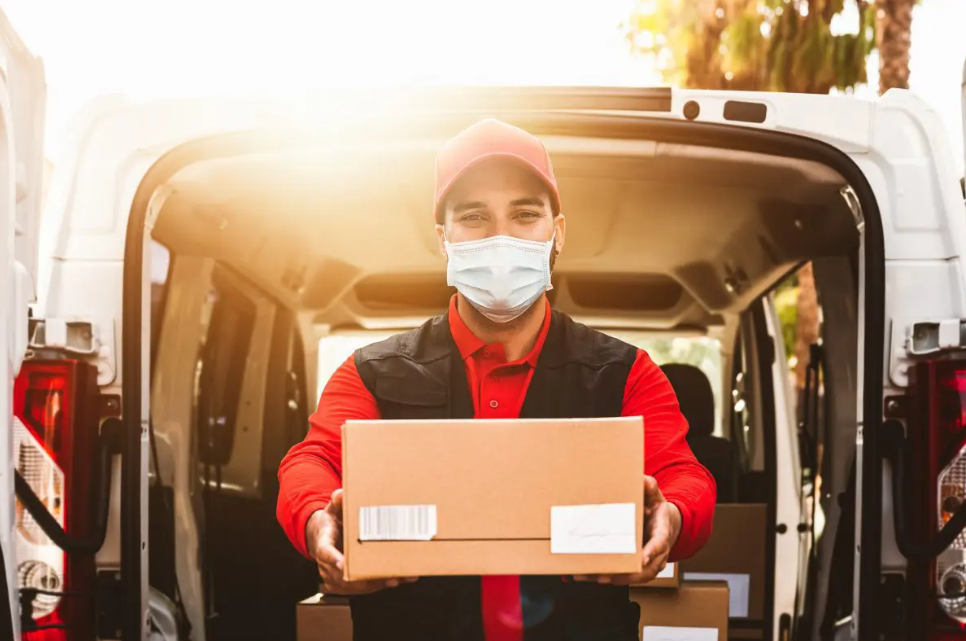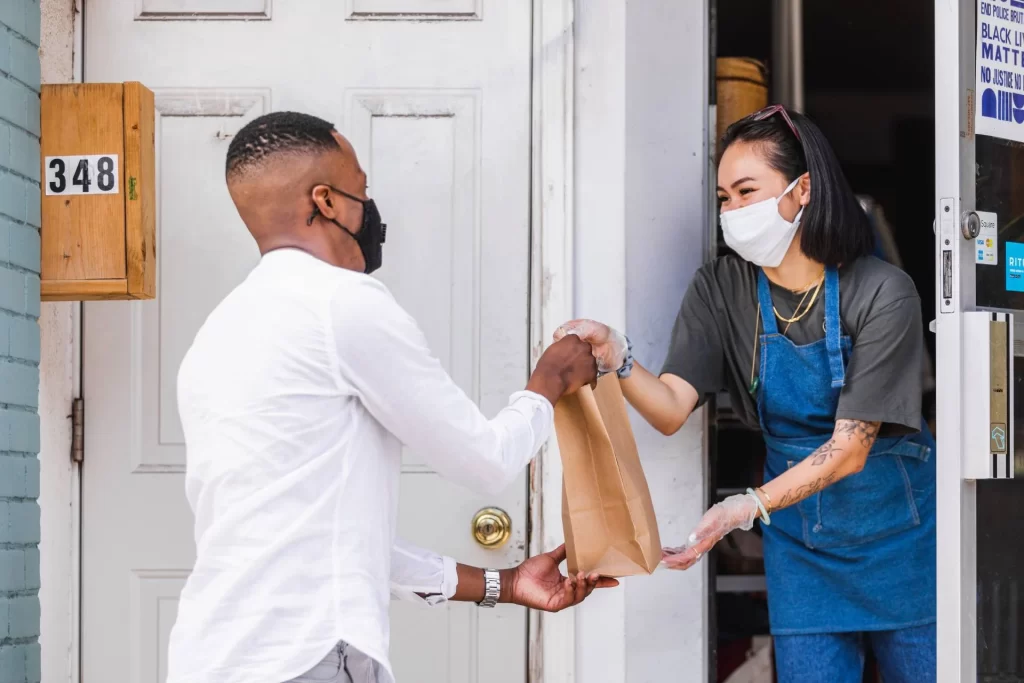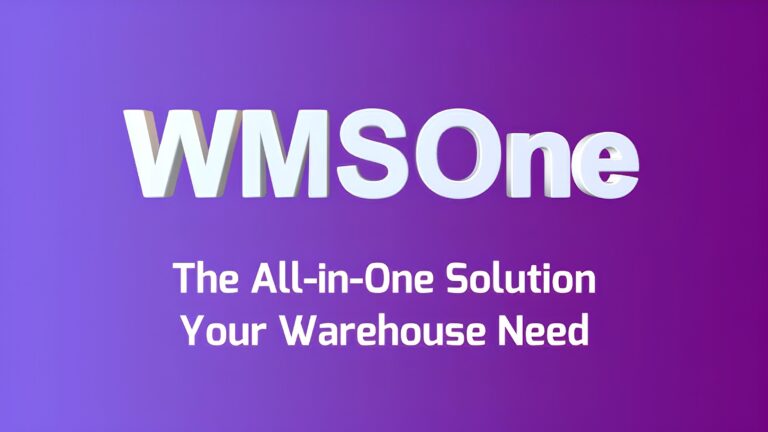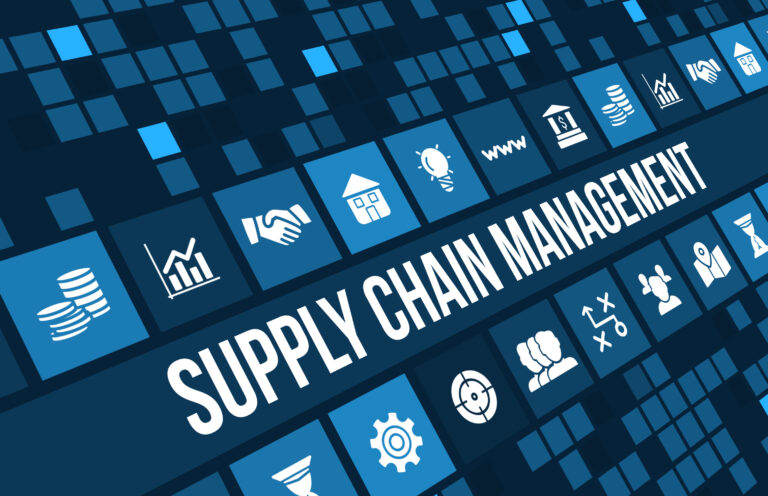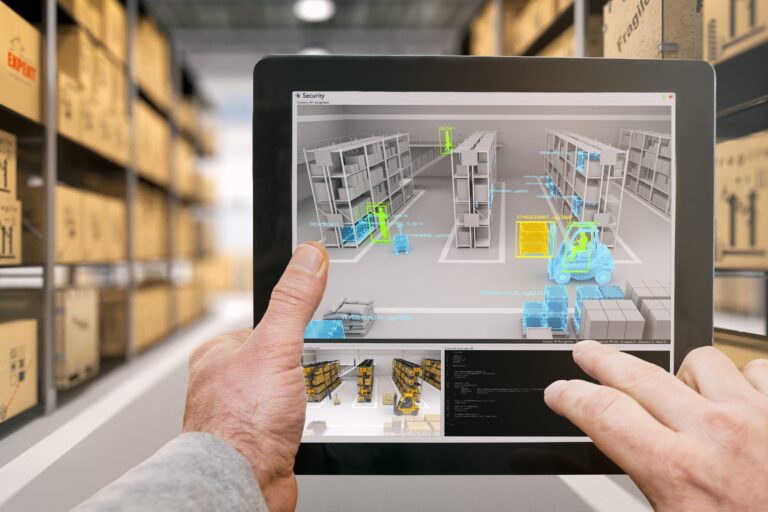How Last-Mile Delivery Was Affected During Covid-19
- How Last-Mile Delivery Was Affected During Covid-19 - March 30, 2024
- WMSOne Invoicing SaaS vs Traditional Invoicing Methods: - March 29, 2024
- Integrating Invoicing Systems with WMS - March 27, 2024
The COVID-19 pandemic has changed many aspects of our daily lives, and how we receive our packages is no exception. When lockdowns and social distancing measures became the norm, millions of people turned to online shopping to avoid going to crowded stores. This massive shift created both challenges and opportunities for the last-mile delivery industry, the final step in getting goods from a warehouse to a customer’s door.
1. Online Shopping Boom
- What Happened: With lockdowns and social distancing, people turned to online shopping more than ever before.
- Why It Matters: This sudden surge in online orders put a lot of pressure on delivery companies, who had to figure out how to deliver all those packages on time. The massive increase in e-commerce sales meant that delivery services had to expand their operations quickly, hiring more workers, increasing their fleets, and upgrading their systems to handle the extra load.
2. Safety First: Contactless Delivery
- What Happened: To keep everyone safe, delivery companies started using contactless last-mile delivery methods.
- What It Means: Instead of handing you the package directly, the delivery person might leave it at your door. This helps reduce the risk of spreading germs. Digital confirmation methods, such as taking photos of delivered packages or using mobile apps for signatures, became common. These changes addressed immediate health concerns and offered a new level of convenience that customers appreciated and are likely to continue preferring.
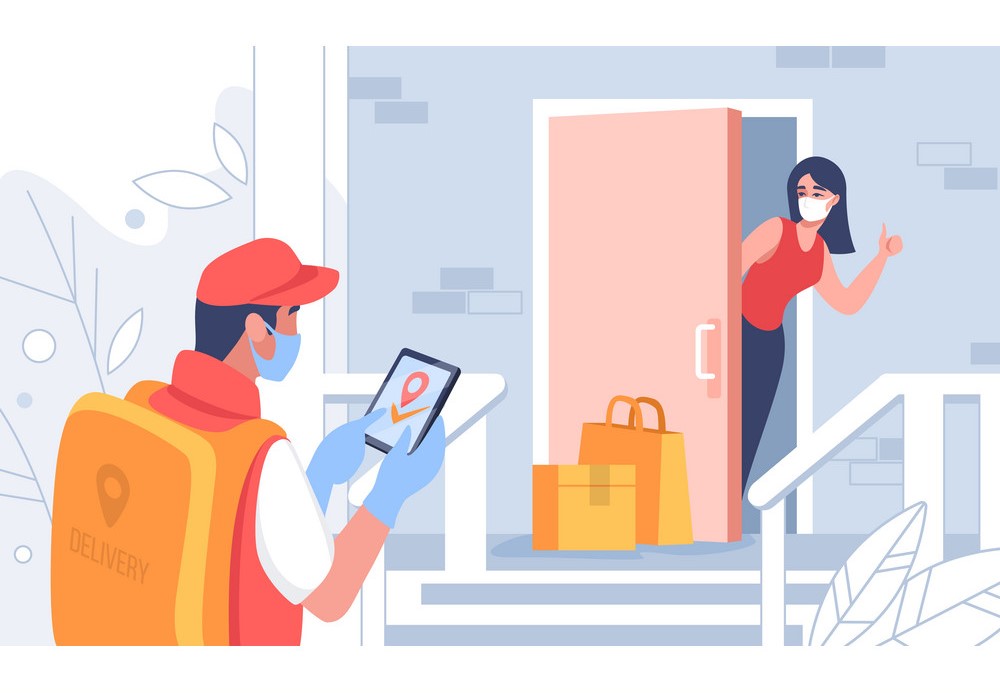
3. Tech Comes to the Rescue
- What Happened: During the pandemic, delivery companies started using cool new technologies to make deliveries easier and faster.
- Why It’s Cool: Drones and robots started delivering packages in some places. These high-tech helpers can make deliveries without needing a human driver, reducing the risk of virus transmission and improving efficiency.
4. Local Warehouses: Micro-Fulfillment Centers
- What Happened: Companies began using smaller warehouses closer to cities to store packages.
- Why It’s Smart: This means your package doesn’t have to travel as far to get to you, which can make deliveries faster. It’s also better for the environment because it reduces the distance delivery trucks have to drive. Micro-fulfillment centers allowed companies to store products closer to where customers live, enabling quicker deliveries and reducing the overall carbon footprint of the delivery process.
5. Supply Chain Surprises
- What Happened: The pandemic messed up global supply chains, causing delays and shortages.
- What We Learned: Delivery companies had to find new ways to deal with these problems, like finding different suppliers or buying things locally. This helped them keep delivering packages even when things got tough.
6. Happy Customers, Happy Companies
- What Happened: More people shopping online meant delivery companies had to work harder to keep customers happy.
- What It Means for You: Companies started giving you better updates on where your package is and when it will arrive. This makes shopping online even easier and more convenient.
7. The Future of Delivery
- What Happened: The changes made during the pandemic are likely here to stay.
- Why It Matters: Even as things start getting back to normal, we’ll probably still see contactless delivery and cool delivery tech. These changes are making getting packages delivered faster, safer, and more fun!
Conclusion
In conclusion, COVID-19 changed the way we get our packages delivered. From the rise in online shopping to the use of high-tech delivery methods, the pandemic transformed last-mile delivery in many ways. While it brought challenges, it also pushed companies to find new and better ways to get packages to our doorsteps. And as we move forward, these changes are likely to stick around, making getting packages delivered easier and more convenient than ever before.

